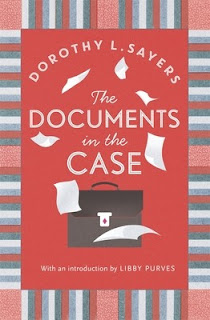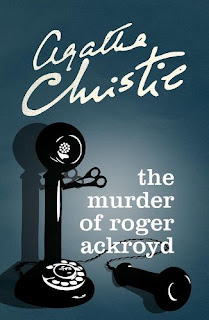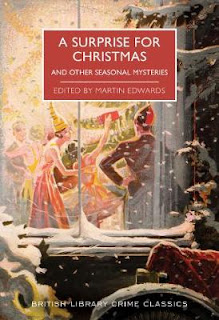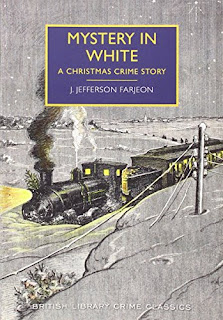A blend of blackmail, murder and romance makes for an intriguing mystery
 |
| Miss Silver Intervenes is the sixth Miss Silver mystery |
She is no
longer just a little old lady sitting in the background knitting, but is shown to
be well respected by the police, who treat her as an equal and give her full
access to their investigation in this story.
The mystery
involves residents who live in eight flats in Vandeleur House, an old converted
mansion in Putney. The characters are beautifully drawn by Patricia Wentworth and
I found myself enticed into their world and wanting to keep turning the pages of
the novel to find out more about them.
Miss Silver comes
into the story when one of the residents, Mrs Underwood, who she has met once
through mutual friends, calls on her unexpectedly at her flat. Although Mrs
Underwood is reluctant to admit why she has come to see Miss Silver, she
eventually reveals that she is being blackmailed and needs help.
Mrs
Underwood can't bring herself to tell Miss Silver the full details of what has been
happening to her, but later, when Miss Silver reads that another resident living
in the same block of flats has been murdered, she decides to take matters into
her own hands and manages to get herself invited to stay at Vandeleur House.
Mrs Underwood
is living there with her niece by marriage, Meade, who is recovering from the
shock of being in a shipwreck in which her fiancé, Giles, was drowned. Then
one day while she is out shopping, Meade encounters Giles, who was rescued
from the sea but has now lost his memory.
 |
| Patricia Wentworth (above) again spins an intriguing mystery |
There is a middle
aged couple whose marriage has been put under strain by the husband’s obsession
with the attractive young woman who lives in the flat above them. A pleasant
young woman is clearly being bullied by the domineering mother she lives with.
An elderly spinster is struggling to survive financially because of her income
being affected by the wartime economy. An elderly woman is being cared for by
her maid and a companion, and there is a single man who keeps himself to
himself so that no one knows what his occupation is.
When the
police investigating the murder find out that Miss Silver is staying with her
friend, Mrs Underwood, they invite her to join forces with them but the relationship
becomes somewhat strained when they opt for a simpler explanation for the murder
than the theory Miss Silver has put forward.
However, they
eventually have to admit they were wrong when the old lady, with a fondness for
the poetry of Tennyson, manages to unravel what has been going on at Vandeleur
House while simultaneously knitting a pair of socks for her relative in the air
force.
During the
story, Miss Silver also makes a new friend in one of the investigating officers,
Sergeant Frank Abbott, who is invited to
the celebratory tea party in her flat at the end of the novel.
I would say
the only weak point in the plot is that Miss Silver uses her knowledge of a
previous blackmailing case to help her identify the murderer, which gives her
an advantage over the police and the reader. But nevertheless, I found Miss
Silver Intervenes, first published in 1944, to be extremely well written and
enjoyable.
Buy Miss Silver Intervenes from or



.jpg)








